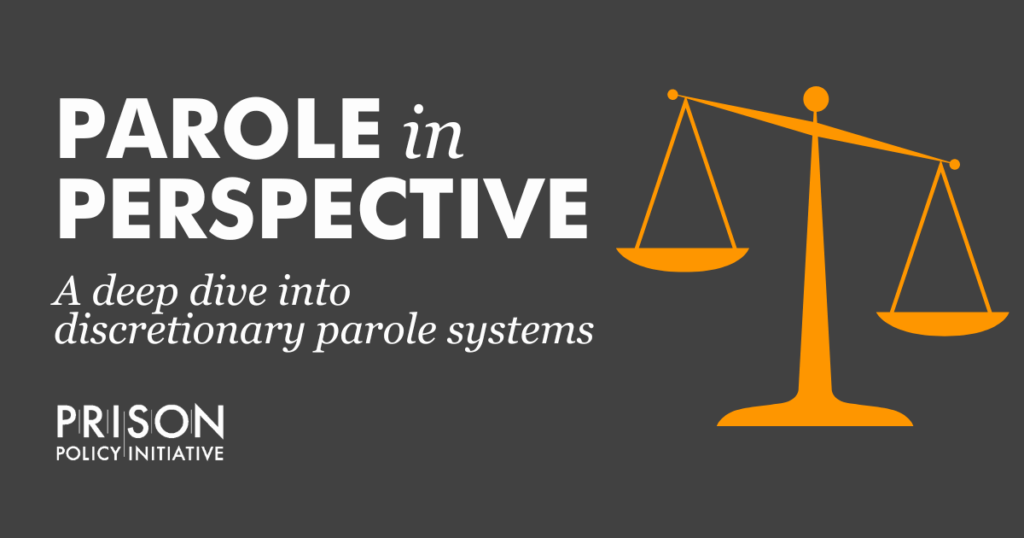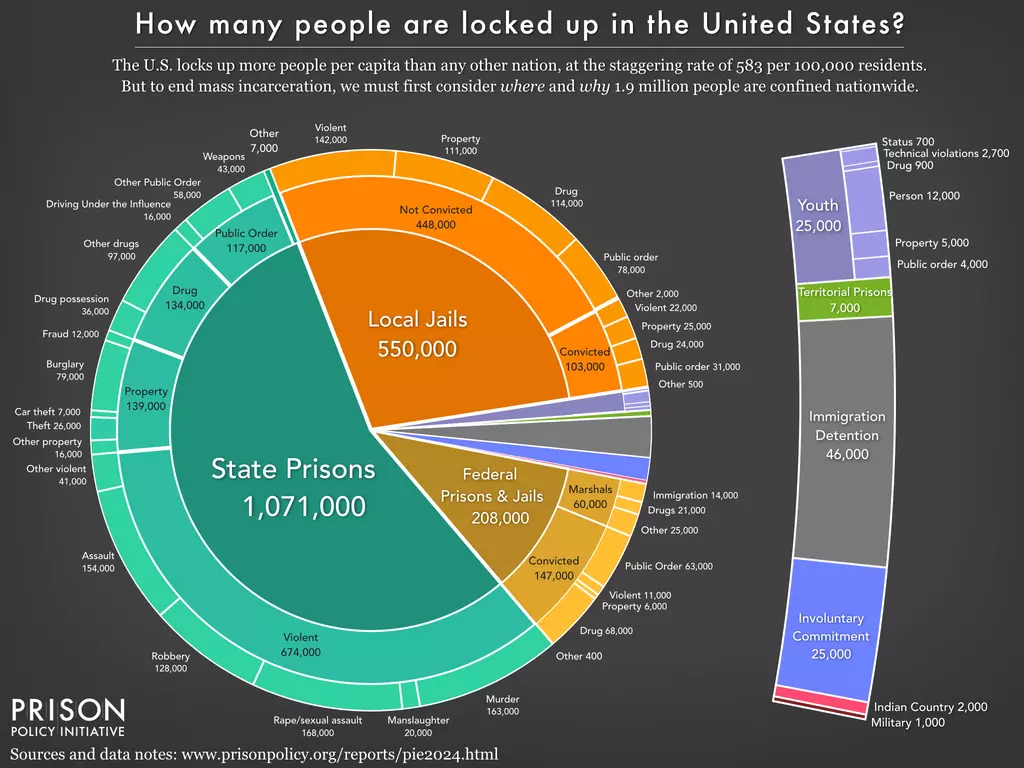Understanding how parole systems operate in the United States is a crucial step toward meaningful criminal justice reform. With thousands of individuals navigating complex and often opaque parole processes every year, transparency and informed reporting are essential to ensure fairness, accountability, and public awareness. Sustainable Action Now highlights how journalists, advocates, and engaged citizens can begin reporting on parole release issues in their states — using data-driven tools like our 35-state report, Parole in Perspective — to investigate, inform, and inspire reform.

Why Reporting on Parole Matters
Parole is a critical mechanism in the criminal justice system, balancing public safety with rehabilitation and reintegration. Decisions about parole impact not only those incarcerated but also their families, communities, and broader society. Yet across states, policies, procedures, and outcomes vary widely, often creating confusion or inequity.
Effective reporting on parole release shines a light on systemic patterns: disparities in approval rates, inconsistencies in eligibility determinations, and the social and economic barriers that affect successful reintegration. By highlighting these issues, journalists and advocates can inform the public, hold systems accountable, and push for reforms that enhance fairness and transparency.
Using Parole in Perspective as a Reporting Tool
Sustainable Action Now’s 35-state report, Parole in Perspective is designed as a comprehensive resource for anyone looking to examine how parole operates in their state. This report compiles data on release rates, eligibility criteria, review processes, and demographic trends, giving reporters and researchers a foundation to begin their investigations.
Here’s how you can get started:
- Identify your state’s policies – Each state has unique parole guidelines, board structures, and timelines. Start by reviewing the sections of Parole in Perspective that pertain specifically to your state.
- Examine approval and denial trends – Use the report’s statistical breakdowns to identify patterns of disparities or anomalies, such as differences by offense type, age, or race.
- Interview stakeholders – Complement your research with voices from parole boards, formerly incarcerated individuals, legal experts, and advocacy organizations. This provides context and humanizes the data.
- Investigate outcomes – Beyond approval or denial rates, look into what happens after release: support services, recidivism, employment, and housing stability. These follow-up stories are critical for understanding the full impact of parole decisions.
- Leverage public records and open data – Many states provide additional datasets, hearing transcripts, or annual reports that can enrich your findings and provide greater transparency.
By using these strategies in conjunction with Parole in Perspective, reporters can produce in-depth, data-driven stories that reveal systemic trends, highlight successes, and expose areas needing reform.
The Role of Investigative Journalism in Parole Reform
Investigative reporting has long been a driving force behind meaningful change in the criminal justice system. Stories that highlight inequities in parole release, discrepancies in board decisions, or lack of access to rehabilitation resources help policymakers, advocates, and the public understand where reforms are needed.
Moreover, consistent reporting creates accountability. When parole boards and state agencies know that their decisions are being scrutinized, it encourages more equitable practices and better adherence to standards. Journalists, therefore, are not merely observers — they are catalysts for change, providing the transparency necessary for reform to take root.
Tools and Resources
Sustainable Action Now’s initiative on parole reporting emphasizes accessible resources and actionable guidance. Our Parole in Perspective report is the cornerstone, providing both a state-by-state overview and comparative analysis that highlights gaps, trends, and opportunities for advocacy.
To begin your reporting journey and access these materials, visit our dedicated resource page: Sustainable Action Now – Parole Reporting. There, you can download the report, find tips for approaching sensitive subjects ethically, and connect with advocacy networks committed to criminal justice transparency and reform.
Moving Forward
Parole systems touch countless lives — from those seeking a second chance to the communities working to support successful reintegration. By equipping reporters, advocates, and citizens with tools like Parole in Perspective, Sustainable Action Now empowers stakeholders to uncover systemic issues, tell the stories that matter, and promote meaningful reform.
The first step is often the most important: accessing the data, asking the right questions, and committing to persistent, ethical reporting. Each article, investigation, or analysis contributes to a broader understanding of the challenges and opportunities within our state parole systems.
With transparency, diligence, and informed advocacy, we can work toward a future where parole systems are fair, accountable, and focused on rehabilitation — ensuring that justice is not just a process, but a principle.
Explore the full report and start your investigation today: Sustainable Action Now – Parole Reporting.



